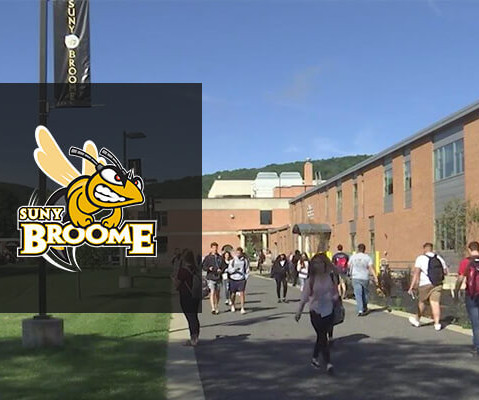Class to Career: Essential Soft Skills Every College Student Needs
Timely MD
AUGUST 8, 2024
Examples included asking for too much money, lacking communication skills, seeming disengaged, dressing inappropriately, and lacking eye contact. Communication, teamwork, problem-solving, time management, and adaptability are all examples of soft skills that make a candidate competitive. So, what’s the reason for these issues?












Let's personalize your content